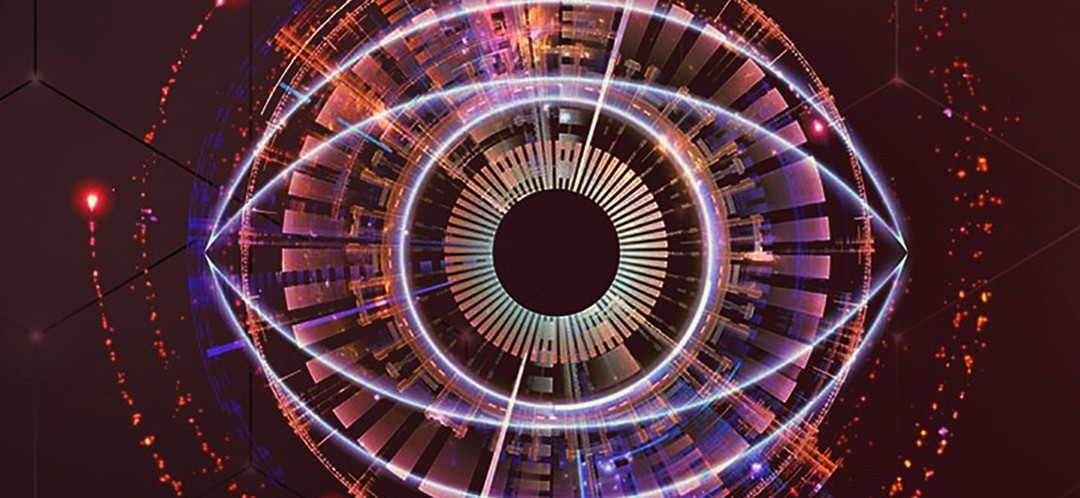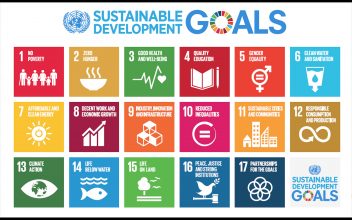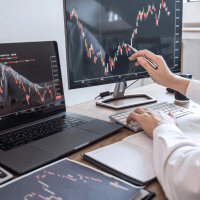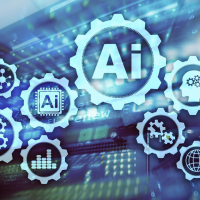
Ahead: What will the future look like with technology in charge of Policy-Making?
The 4th Industrial Revolution is here right now. If the 5th Technological Revolution is indeed a human one, as suggested in my essay “Southern vs Northern Hemisphere 5.0”, then it is likely to happen very fast. The issue here is that the governance systems that dominate the current world order are slow, and therein lies the rub. That dissonance between progress and humanity means that civic life for the average citizen is far from frictionless. The State is in the way, rather than invisible as it should be. But if the policymakers apply emerging technologies such as Blockchain, AI, Fintech and IoT, then mainstream adoption will surely follow.
A possible future scenario is one where every single decision-making process is decentralised and based on trusted policy. From applying for a passport to getting planning permission for an extension, through to voting and passing new legislation. The entire panorama of policymaking can become more transparent and efficient. And that can only benefit society as a whole, especially in times of scarce resources. However, for that to happen politicians must adopt a new civic role and give up a little power. So how can we persuade them to make Policy 4.0 a sustainable reality?
What we all need to do next for Policy 4.0 to become a reality
The socio-economic ecosystem in which we all live is very simple and may provide the clue. Every day, all of us criss-cross and interact with academia, commercial, media and policy in some way, shape or form. And everything we all do every day is in some way controlled by these factors. So as a society, together, we need to apply emerging technologies to the entire ecosystem and apply global standards.
Starting with education, the next generation of academics should be engaged in the process, to reinforce the integrity and scientific rigour of any future Policy 4.0 and to measure and interpret outcomes. The top universities in the area of policy such as Oxford, Harvard, Singapore and Hong Kong are well placed to investigate this megatrend. Indeed, education around the globe is a massive driver for policy innovation. The following chapter hints at the education revolution required for policy-makers to really innovate, and also some of the consequent ethical and moral implications.
However, if the general public is to adopt these technologies, then the media also has a vital role to play. Whether it be traditional or social, media can be an important ‘teacher’ and opinion former. To this end inclusion of Industry 4.0 themes in mainstream popular culture such as soap operas, films and TV series is essential. These forms are the new public service announcers and as such should rise to the challenge. This is already happening, as evidenced by Felix Kjellberg aka ‘Pewdie Pie’ – the most popular YouTuber to date – leaving the channel to join the blockchain based DLive platform.
What the BBC has dubbed a ‘new breed of influencer’ has emerged spurred on by the global proliferation of social networks. In a recent article by the journalist Steven McIntosh, “Micro-influencers are basically the new breed,” says SJ Nooth-Cooper of Models 1 Talent, “where you can have from around 10,000 followers to 25,000 followers, and they’re kind of the Generation Z of influencers.”
The notion of corporate social responsibility in a time of Industry 4.0 is an essential transversal layer of consistency across society. Brands will apply 4IR technology to their entire supply chain. They will do this for efficiency and financial benefit; they will also do this because they know their partners and customers are more curious and demanding than ever when it comes to corporate values and transparency. Additionally, according to the World Economic Forum “The Business Commission for Sustainable Development has estimated that achieving the Sustainable Development Goals would open $12 trillion of market opportunities in four economic systems alone – food and agriculture, cities, energy and materials, and health and well-being – as well as create 380 million jobs by 2030.”

In a time of the Fourth Industrial Revolution, the devil may be in the data as well as the detail. Said data is omnipresent every millisecond of every day for billions of people across the planet. UK based tech company World Wide Generation led by Manjula Lee have developed a blockchain based scorecard matched to the United Nations’ Sustainable Development Goals. This has already been used by Unilever to distribute dental products in South Africa.
If the rest of the ecosystem is being transformed, then policy will have no choice but to go with the flow. The choice is simple. Will policy-makers be at the vanguard of change or late adopters? Whatever happens, sooner or later our politicians will have to change their modus operandi. The Revolution has already begun. They can be in the thick of it or watch from the sidelines as the action unfurls.
Industry 4.0, Artificial Intelligence and Blockchain and Policy Making Part 1
Resources
How Can Design Thinking Be Applied to Government Policy-Making?, 2010, Innovationmanagement.se.
http://www.innovationmanagement.se/imtool-articles/how-can-design-thinking-be-applied-to-government-policy-making/. Accessed 30 April 2019.
Design thinking in policymaking: opportunities and challenges, 2016, centreforpublicimpact.org.
https://www.centreforpublicimpact.org/design-thinking-in-policymaking/. Accessed 12th June 2019.
Mintron, Michael and Luetjens, Joannah. Design Thinking in Policymaking Processes: Opportunities and Challenges, 2016, IPA
researchgate Accessed 30 April 2019.
. Accessed 30 April 2019.
Berkeley City Council Approves Using Blockchain For Fundraising of Community Projects, 2018, coinspeaker.com.
. Accessed 30 April 2019.
How Much Data Is Generated Every Minute? [Infographic], 2018, socialmediatoday.com.
https://www.socialmediatoday.com/news/how-much-data-is-generated-every-minute-infographic-1/525692/. Accessed 30 April 2019.
AI is sending people to jail—and getting it wrong, 2018, technologyreview.com.
https://www.technologyreview.com/s/612775/algorithms-criminal-justice-ai/. Accessed 30 April 2019.
DaCosta Babb, Michael.. Southern vs Northern Hemisphere 5.0?, 2018, Medium.com.
https://medium.com/keybox/southern-vs-northern-hemisphere-5-0-272f193e03f5/. Accessed 30 April 2019.
Top YouTuber PewDiePie Joins Blockchain Live Streaming Platform, 2019, coindesk.com.
https://www.coindesk.com/top-youtuber-pewdiepie-joins-blockchain-live-streaming-platform/. Accessed 30 April 2019.
Influencers: How a ‘new breed’ of social media stars changed the game, 2019, BBC News.
https://www.bbc.co.uk/news/entertainment-arts-47573135/. Accessed 30 April 2019.
Globalization 4.0 Shaping a New Global Architecture in the Age of the Fourth Industrial Revolution, 2019, WEF.
http://www3.weforum.org/docs/WEF_Globalization_4.0_Call_for_Engagement.pdf/. Accessed 30 April 2019.
Theresa May to lead ambitious three-nation trip to Africa, 2018, Gov.uk.
https://www.gov.uk/government/news/theresa-may-to-lead-ambitious-three-nation-trip-to-africa/. Accessed 30 April 2019.
How Can Design Thinking Be Applied to Government Policy-Making?, 2010, Innovationmanagement.se.
http://www.innovationmanagement.se/imtool-articles/how-can-design-thinking-be-applied-to-government-policy-making/. Accessed 30 April 2019.
Design thinking in policymaking: opportunities and challenges, 2016, centreforpublicimpact.org.
https://www.centreforpublicimpact.org/design-thinking-in-policymaking/. Accessed 12th June 2019.

He was also the founder ceo of the Creative Industries Portugal cluster for the Ministry of Economy and Regional Development agency for the North of Portugal.
In addition Michael is a mentor of Crypto Valley Labs, Switzerland, MIT Portugal, Start Up Lisboa, The Lisbon Challenge and a founder jury member of the European Commission @Diversity Culture Technology competition.
In the past Michael has worked on projects with many major brands and institutions including PlayStation, Nike, X Box, MTV, Diageo, Cockspur Rum, Interbrew, BMW, Coca Cola, SONAR, Red Bull, Nokia, Vice and the ICA. He also has a significant media track record having worked for City Limits, Tank Girl, Deadline, Observer Life magazine, Art & Architecture Journal and Labkultur.TV.










